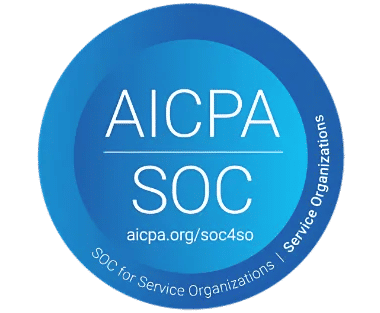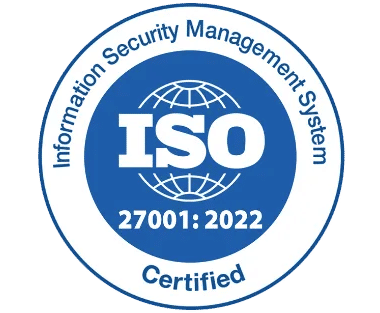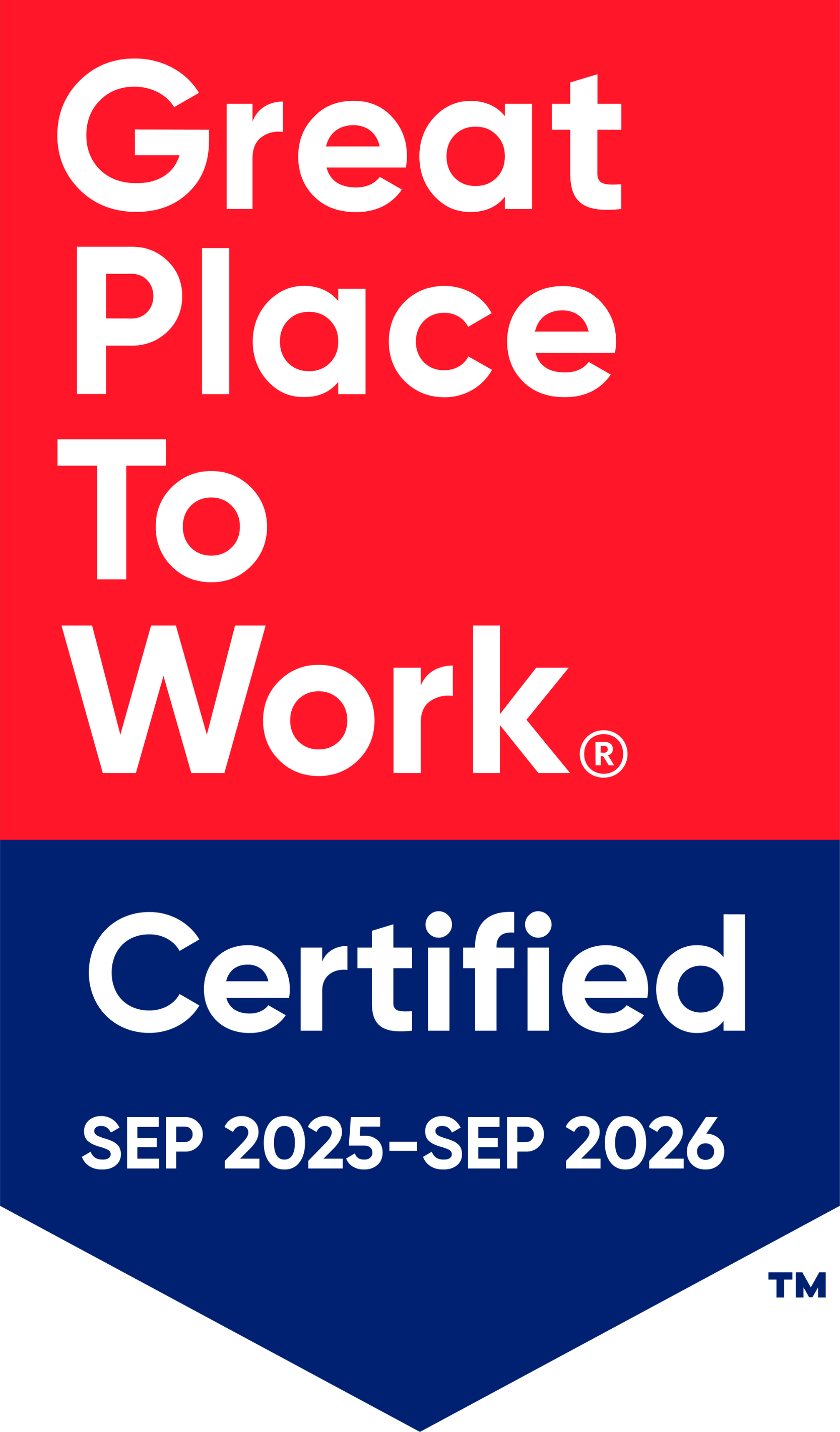Fast-Track Success: New Employee Onboarding Checklist

Onboarding is not just a formality it is the critical make-or-break moment for both your new hires and your company. Did you know that nearly half (44%) of new employees regret their decision to join during the first week? And within the first month, 70% have already decided whether they’re staying or leaving.
For HR professionals, this is where success begins. A 2023 study found that companies with strong onboarding programs see higher engagement, better job retention, and a thriving workplace culture. Effective onboarding leads to more dedicated employees who feel trusted and connected to your organization’s mission.
But what happens when the process falls short? Missing the right details in those first few days can lead to disengaged employees, lower performance, and higher turnover. Worst of all, it could damage your company’s reputation.
This guide will show you the essential checklists you need to ensure your new hires feel supported from day one. With these steps, you’ll be on track to fast-track their success and yours.
What is an Onboarding Checklist?
An onboarding checklist is a detailed plan that outlines everything a new employee needs to do or complete before and during their first few days at work. It’s a crucial tool that helps ensure a smooth transition for both the new employee and the company. With a comprehensive checklist, you can reduce confusion, prevent mistakes, and provide employees with the resources and support they need to thrive in their new roles.
Why Onboarding Matters
Studies show that effective onboarding can improve employee retention by as much as 82% (Glassdoor, 2020). Employees who go through a structured and thoughtful onboarding process are 58% more likely to remain with their employer after three years. These numbers highlight how important it is to have a streamlined onboarding checklist that aligns with your business goals.
What to Include in Your Onboarding Checklist
The first few days and weeks in a new job can feel overwhelming. Having a well-organized checklist ensures that both the employer and the employee are on the same page. The checklist should be divided into various stages to make it easy to follow. Here’s what should be included:
Pre-Onboarding Tasks
Before the employee even walks in the door, there are several tasks that should be completed. These are administrative steps that help the new hire feel prepared and welcomed from day one.
- Send the offer letter and contract: Confirm the employee’s start date and key details about their role, compensation, and benefits.
- Provide access to necessary tools and software: Set up accounts for email, internal communication tools, and any software the employee will use.
- Prepare their workspace: Set up their desk, computer, office supplies, and any other equipment needed for their job.
- Send welcome materials: This can include an introduction to the company culture, mission statement, and team members, along with instructions for the first day.
Day One Tasks
The first day is crucial for making the new employee feel comfortable and ready to engage in their role. Make sure to:
- Greet the employee and provide a tour: Show them around the office or give them a virtual tour if they are working remotely.
- Introduce them to the team: A warm introduction helps break the ice and creates a sense of belonging.
- Review the agenda for the day: Let them know what to expect for the first day or week.
- Explain the company policies: Go over the employee handbook, dress code, and other important policies.
- Ensure all HR paperwork is completed: This includes tax forms, direct deposit details, and benefit enrollment.
Week One Tasks
The first week is all about orientation and ensuring the new employee understands the role, the team, and the company culture. Key activities should include:
- Training on tools and software: Provide tutorials or training sessions for the tools the employee will use daily.
- Assign a mentor or buddy: Pair the new employee with a colleague who can answer questions and provide guidance.
- Outline performance expectations: Have a meeting to discuss goals, key responsibilities, and performance metrics.
- Schedule check-ins: Regular feedback sessions during the first week can help gauge how the employee is adjusting to their new role.
Ongoing Onboarding Tasks
Onboarding doesn’t end after the first week. It’s an ongoing process that takes place over the first few months of employment. Some essential tasks include:
- Provide continuous training: Schedule follow-up training sessions to help the employee develop their skills.
- Conduct regular check-ins: Check in at 30, 60, and 90 days to review progress and gather feedback.
- Encourage team integration: Involve the employee in team-building activities and projects to foster relationships.
New Employee Onboarding: Checklists to Consider
When designing your new employee onboarding process, it’s important to consider different types of checklists to ensure all aspects of the onboarding process are covered. These checklists can vary depending on the nature of your business and the role of the new hire.
General Onboarding Checklist
A general checklist includes tasks that are applicable to most roles and industries. It covers administrative tasks, company culture, and initial training.
- Company Introduction
Begin by welcoming the new employee and providing them with an overview of the company’s history, mission, and core values. This helps them understand the company’s culture and how they fit into the larger picture. Knowing the organization’s goals and values helps foster a sense of purpose and connection, aligning their personal goals with the company’s mission.
- Job Description Review
Take the time to clearly outline the new hire’s role and responsibilities. This includes setting expectations for their daily tasks, performance goals, and how their role contributes to the company’s overall success. A well-defined job description ensures that the new employee understands their key objectives and feels confident in their new position.
- Team Introduction
Introduce the new employee to their department, colleagues, and direct supervisor. This is a great opportunity to foster a sense of belonging and help them build relationships with key team members. Encourage open communication and let them know where they can turn for support, questions, or collaboration.
- Policies and Procedures
Review the company’s important policies and procedures, including time-off policies, the dress code, and general workplace rules. This step helps to set clear expectations around conduct, professionalism, and work-life balance. A solid understanding of company policies ensures the new hire stays in compliance and avoids misunderstandings down the road.
- HR Documentation
Make sure all required forms are completed, such as the W-4, I-9, and other necessary tax and benefits documents. This step is crucial for setting up payroll and benefits, ensuring the employee is properly registered in the company’s system, and allowing them to begin their work without delays or issues. Prompt completion of HR documentation streamlines the onboarding process.
- Systems Setup
Ensure the new employee has access to all necessary tools and systems, such as company email, internal communication platforms, and software tools. A seamless setup allows them to start working efficiently from day one. Provide any login details and walk them through accessing the systems to avoid technical roadblocks that can disrupt their early experience.
Role-Specific Onboarding Checklist
For specialized positions, a role-specific checklist may be necessary. This checklist focuses on the technical skills and knowledge required for the specific job.
- Job-Specific Software Training
Provide hands-on training on any specialized tools or software that the new hire will be using daily. This ensures they are comfortable navigating the systems and can perform their duties effectively without delays. A thorough understanding of these tools helps prevent mistakes and improves overall productivity in their role.
- Review of Key Projects
Walk the new employee through the major projects they will be working on or involved with. Discuss the scope, goals, timelines, and any current challenges, so they understand the context and expectations. This helps them get up to speed quickly, ensuring they can contribute meaningfully to the team and feel confident in their responsibilities.
- Performance Metrics
Clearly outline how success will be measured in the new role. Discuss key performance indicators (KPIs), project goals, deadlines, and any other metrics used to evaluate performance. By setting clear expectations from the start, you provide the employee with a roadmap for success and a sense of purpose in their role.
- Safety Protocols (if applicable)
If the role requires adherence to safety protocols, ensure the new hire is thoroughly trained on industry-specific safety standards. This could include procedures for handling equipment, safety measures for the work environment, or emergency protocols. Ensuring they understand these safety practices not only protects the employee but also minimizes risks for the entire organization.
Which Onboarding Checklist Templates Are Necessary for My Team to Use?
The right onboarding checklist templates can save you time and ensure that you cover all the bases. Depending on the size and type of your company, here are some key templates that may be necessary:
- General Onboarding Checklist Template
This checklist serves as the foundation for most new employees, covering essential tasks such as completing HR documentation, setting up accounts, and introducing company policies. It ensures consistency across all new hires, streamlining the process and reducing the chances of missing key steps. The general checklist also includes necessary items like office tours, team introductions, and role expectations.
- New Hire Documentation Template
The new hire documentation checklist includes all the essential forms, contracts, and legal documents needed for the employee’s registration and compliance. This includes tax forms (like W-4 and I-9), direct deposit information, benefits enrollment, and non-disclosure agreements (NDAs). Having a clear template ensures that all HR documentation is completed accurately and on time, preventing delays in the onboarding process.
- Role-Specific Checklist Template
The role-specific checklist is tailored to meet the unique requirements of specialized roles within the organization. It includes job-specific training, software access, and any tools or systems that are crucial for success in that position. This customized checklist ensures that employees in specialized roles receive the proper training and resources needed to excel from the start.
- Training and Development Checklist Template
This checklist is focused on skill development and ongoing training, ensuring that employees have the tools and knowledge needed to grow in their roles. It includes scheduled training sessions, goals for professional growth, and performance milestones. The training checklist helps HR and managers track employee progress, identify areas for further development, and support career advancement.
- Exit Checklist Template
The exit checklist is used when an employee leaves the company, either voluntarily or through termination. It includes tasks such as gathering feedback through exit interviews, retrieving company property (like keys, badges, and equipment), and ensuring all documentation is completed. This checklist helps ensure a smooth transition, preventing any loose ends and leaving a positive final impression for the employee’s departure.
Using these templates ensures that no important task or document is missed, and it streamlines the onboarding process for both HR and new hires.
The Power of a Structured Onboarding Process
Creating a structured onboarding process doesn’t just help employees feel more comfortable it directly impacts their productivity and job satisfaction. Companies with a strong onboarding program improve employee performance by 11% (Gallup, 2021). A structured program helps new hires understand their role better, feel more connected to the team, and even contribute more quickly.
Why Your Business Needs to Invest in Onboarding
Think of your new hires as an investment. They are bringing fresh skills, new perspectives, and enthusiasm to the team. A positive onboarding experience sets the stage for long-term success. The first few weeks are crucial, and a fast-tracked, effective onboarding checklist can turn a nervous new employee into a motivated, high-performing team member.
Conclusion
Fast-tracking your new employee’s success begins with a solid onboarding process. By providing clear expectations, offering support, and making your new hires feel valued, you are ensuring that they’ll be more engaged and productive from day one. Take time to create a detailed, organized onboarding checklist that will guide them through each stage of their transition. It’s an investment that will pay off in the long run.
Don’t let another employee slip through the cracks. A structured, thoughtful onboarding experience builds loyalty, reduces turnover, and enhances productivity across your team.
Are you ready to implement an efficient, high-impact onboarding process? Book a demo with us today and discover how our software can streamline your new hire integration, ensuring every new employee gets the support they need to succeed from day one.
Frequently Asked Questions
Why is onboarding so important for employee retention?
Onboarding is crucial because it sets the tone for a new employee’s experience within the company. Studies show that a structured onboarding process can improve employee retention by as much as 82%. It ensures new hires understand their role, feel supported, and quickly integrate into the company culture, which ultimately leads to greater job satisfaction and longer tenure.
What are the key elements to include in an onboarding checklist?
A comprehensive onboarding checklist should include pre-onboarding tasks like sending the offer letter and preparing workspace, day-one activities such as welcoming the employee and introducing them to the team, and ongoing tasks like training on tools, role-specific responsibilities, and regular check-ins. The checklist should cover every phase of onboarding to ensure no important details are missed.
How can I customize onboarding for different roles within the company?
Tailoring your onboarding process to the specific role is essential for ensuring new employees have the tools and knowledge needed to succeed. A role-specific checklist should include training on specialized software, a review of key projects, role-specific performance metrics, and industry-specific safety protocols (if applicable). This customization helps employees get up to speed faster and more efficiently.
How long should the onboarding process last?
While the first day and week are crucial, onboarding should be an ongoing process lasting up to 90 days. This extended period allows new hires to fully integrate into the company, master their job duties, and receive continuous feedback and training to foster long-term success.
Can remote onboarding be as effective as in-person onboarding?
Yes, with the right tools and communication strategies, remote onboarding can be just as effective as in-person onboarding. Virtual tours, online introductions, and remote training sessions can ensure that new employees feel welcomed and supported, even if they are working from a distance. It’s essential to maintain regular check-ins and provide opportunities for interaction to build relationships and engagement.









_svxLrd-8yH.png)

_2VYSFUTN5m.png)

_JiluXJRGNl.svg)

_2djTKNocf.png)





_Rapo0hRMBy.png)

















